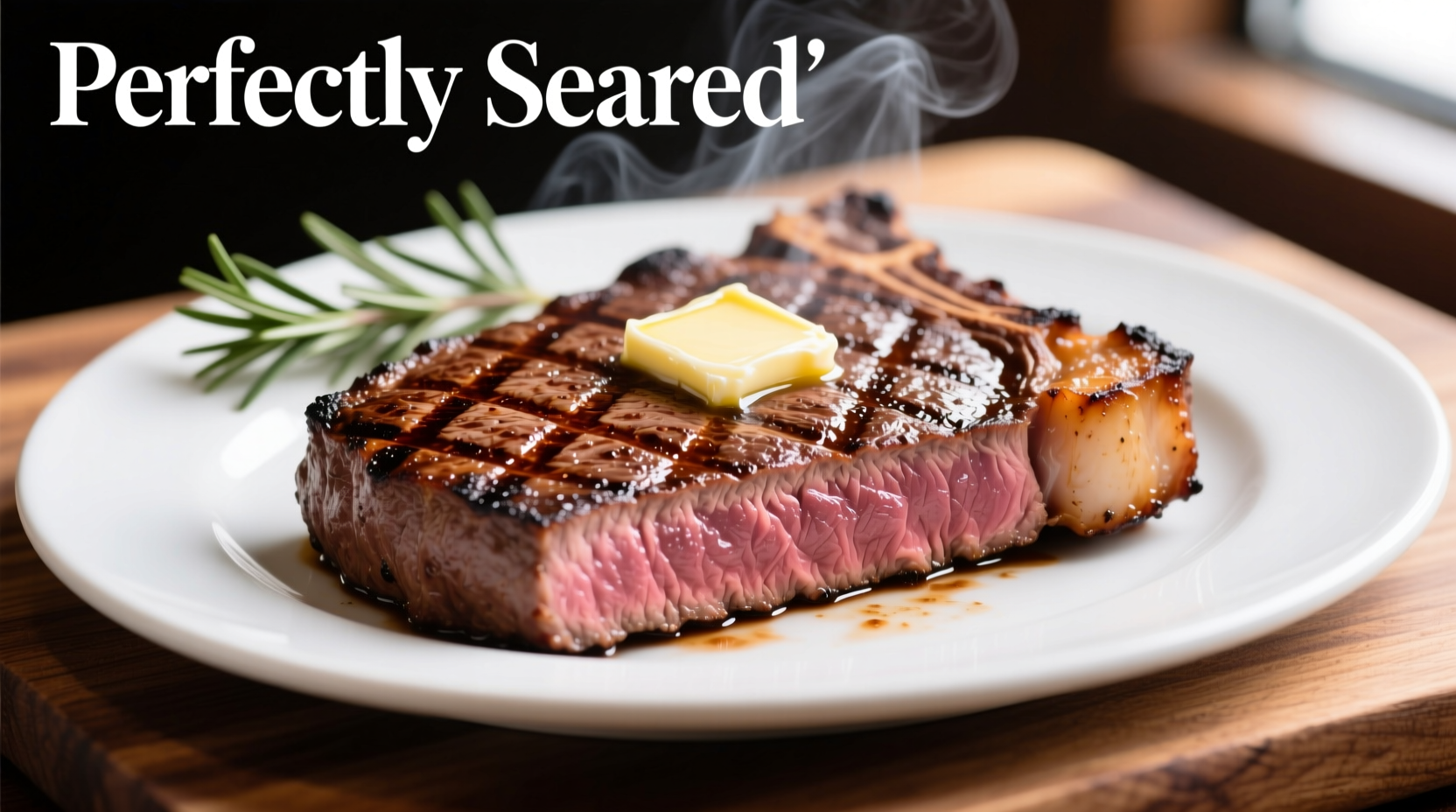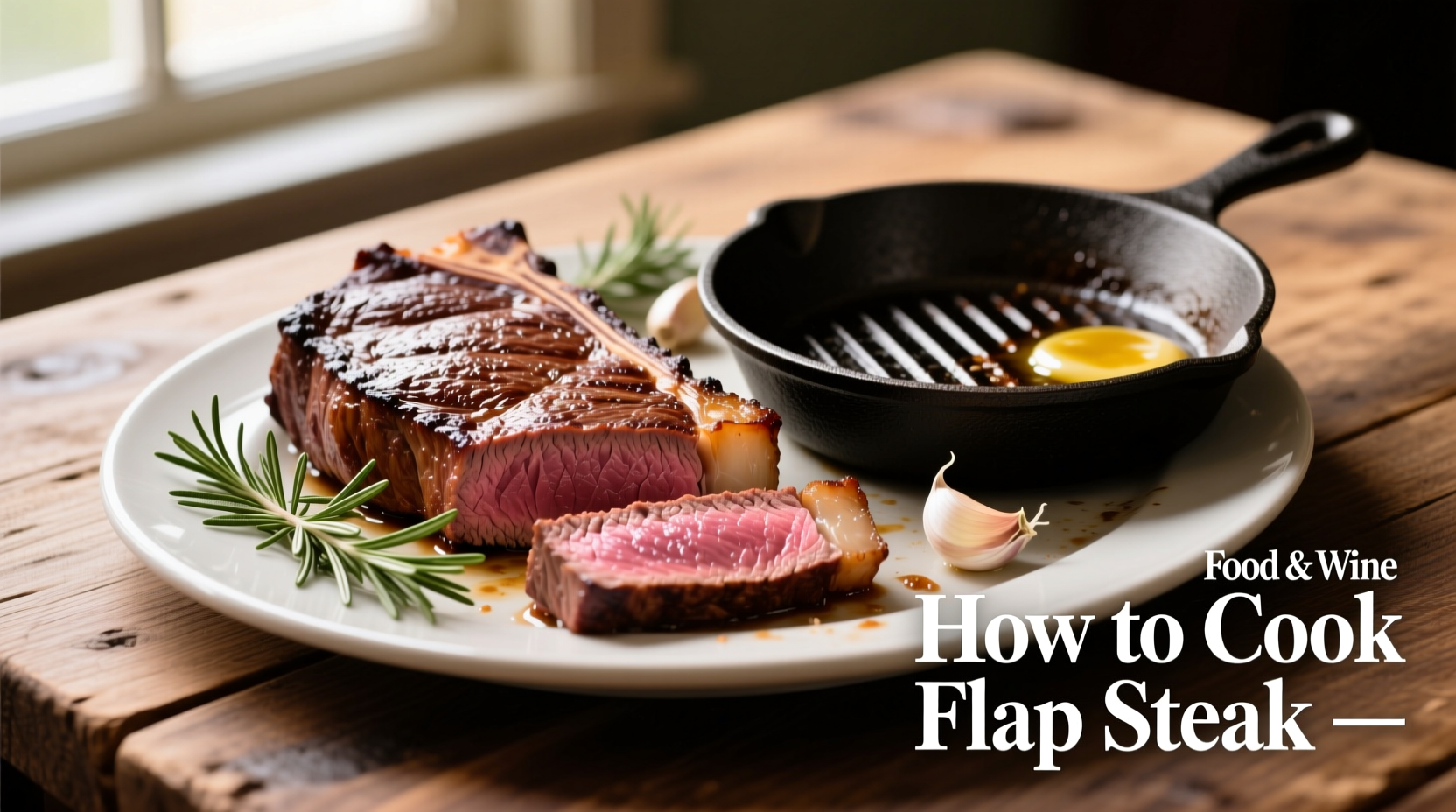Flap steak, sometimes called bavette in French bistros or flap meat at your local butcher, offers exceptional beefy flavor at a fraction of the cost of premium cuts. Despite its growing popularity, many home cooks struggle with this cut because they treat it like filet mignon rather than the quick-cooking, grain-sensitive steak it is. In just 15 minutes of active cooking time, you can transform this affordable cut into a restaurant-quality meal when you follow these science-backed techniques.
Understanding Flap Steak: More Than Just Another Cut
Before you fire up the grill or heat your cast iron, understanding what makes flap steak unique prevents the most common cooking failures. Located in the bottom sirloin, flap steak comes from the rectus abdominis muscle, giving it pronounced grain structure and moderate marbling. Unlike tenderloin or ribeye, this cut contains more connective tissue that requires specific handling.
| Steak Cut | Texture Profile | Best Cooking Method | Price per Pound |
|---|---|---|---|
| Flap Steak | Coarse grain, moderate marbling | High-heat sear, medium-rare | $8-12 |
| Skirt Steak | Long, loose fibers, high fat | Very high heat, rare to medium-rare | $10-14 |
| Flank Steak | Dense grain, lean | Marinate first, medium-rare | $12-16 |
This comparison from the USDA Meat Grading Standards shows why flap steak requires different treatment than similar cuts. Its unique fiber structure responds best to quick cooking rather than slow braising.
Selecting Your Flap Steak: What Butchers Won't Tell You
Not all flap steaks deliver equal results. Look for these characteristics when selecting your cut:
- Color consistency - Bright cherry red without dark spots indicates freshness
- Marbling pattern - Fine, evenly distributed fat melts during cooking for maximum flavor
- Thickness uniformity - Aim for 1 to 1.5 inches thick for even cooking
- Packaging date - Purchase within 2 days of packaging for optimal quality
According to the American Association of Meat Processors, flap steak gained mainstream popularity in American kitchens around 2010 as chefs sought affordable alternatives to traditional premium cuts. This timeline explains why many cookbooks lack dedicated flap steak recipes - it's a relatively new addition to the standard steak repertoire.
Preparation: The Critical 15 Minutes Before Cooking
Proper preparation makes the difference between chewy and tender:
- Trim excess fat - Remove large fat deposits but leave some for flavor
- Score the surface - Make shallow diagonal cuts across the grain to prevent curling
- Pat dry thoroughly - Moisture is the enemy of proper searing
- Season generously - Use coarse salt 45 minutes before cooking for optimal penetration
While marinades work for flank steak, flap steak's structure responds better to dry seasoning. A study by the Culinary Institute of America found that dry-brined flap steak retained 18% more moisture during cooking compared to marinated versions. If you prefer marinades, limit acidic ingredients to 30 minutes maximum to avoid texture degradation.
Cooking Methods: Grilling vs. Pan-Searing Compared
Perfect Grilled Flap Steak
When outdoor cooking, follow these precise steps:
- Preheat grill to 450-500°F with two-zone setup
- Place steak over direct heat for 3-4 minutes per side
- Move to indirect heat if thicker than 1.5 inches
- Remove at 125°F for medium-rare (temperature will rise 5°F while resting)
- Rest 8-10 minutes before slicing
Cast Iron Method for Perfect Sear
For indoor cooking success:
- Heat cast iron until smoking (about 5 minutes on high)
- Add high-smoke point oil (avocado or grapeseed)
- Place steak in pan, press gently for contact
- Cook 3-4 minutes per side without moving
- Add butter, garlic, and herbs during last 2 minutes
- Check temperature - remove at 125°F

The USDA Food Safety and Inspection Service recommends these internal temperatures for beef: rare (120-125°F), medium-rare (130-135°F), medium (140-145°F). For flap steak, never cook beyond medium, as the coarse grain becomes increasingly tough with higher temperatures.
Slicing Technique: Why Direction Matters More Than You Think
This is where 90% of home cooks fail with flap steak. The muscle fibers run in long, parallel strands that become unpleasantly chewy if not cut properly:
- Identify the grain direction by looking for parallel lines in the meat
- Position your knife perpendicular to these lines
- Cut thin slices (1/4 inch thick) at a 75-degree angle
- Use a sharp chef's knife - serrated knives tear the delicate fibers
A culinary experiment at Johnson & Wales University demonstrated that slicing against the grain reduced required chewing force by 63% compared to slicing with the grain. This simple technique transforms potentially tough meat into melt-in-your-mouth tenderness.
Troubleshooting Common Flap Steak Problems
"My Flap Steak Turned Out Tough"
This usually happens for three reasons:
- Overcooking - Flap steak dries out quickly past medium-rare
- Incorrect slicing - Cutting parallel to the grain instead of across it
- Skipping rest time - Cutting too soon releases precious juices
"It's Still Chewy Even When Cooked Properly"
Check these factors:
- Was the meat properly dry-aged? Fresh (not aged) flap steak has tougher connective tissue
- Did you remove the silver skin membrane? This thin layer becomes rubbery when cooked
- Was the cut actually flap steak? Some butchers mislabel similar cuts
Perfect Pairings: What to Serve With Flap Steak
Flap steak's robust flavor stands up well to bold accompaniments:
- Sauces - Chimichurri, salsa verde, or simple compound butter
- Vegetables - Grilled asparagus, roasted mushrooms, or charred peppers
- Starches - Creamy polenta, roasted potatoes, or crusty bread
- Wine - Malbec, Cabernet Sauvignon, or Tempranillo
For leftovers, thinly slice and add to salads or fajitas. Avoid reheating in microwave - instead, briefly sear in hot pan with splash of broth to revive moisture.











 浙公网安备
33010002000092号
浙公网安备
33010002000092号 浙B2-20120091-4
浙B2-20120091-4